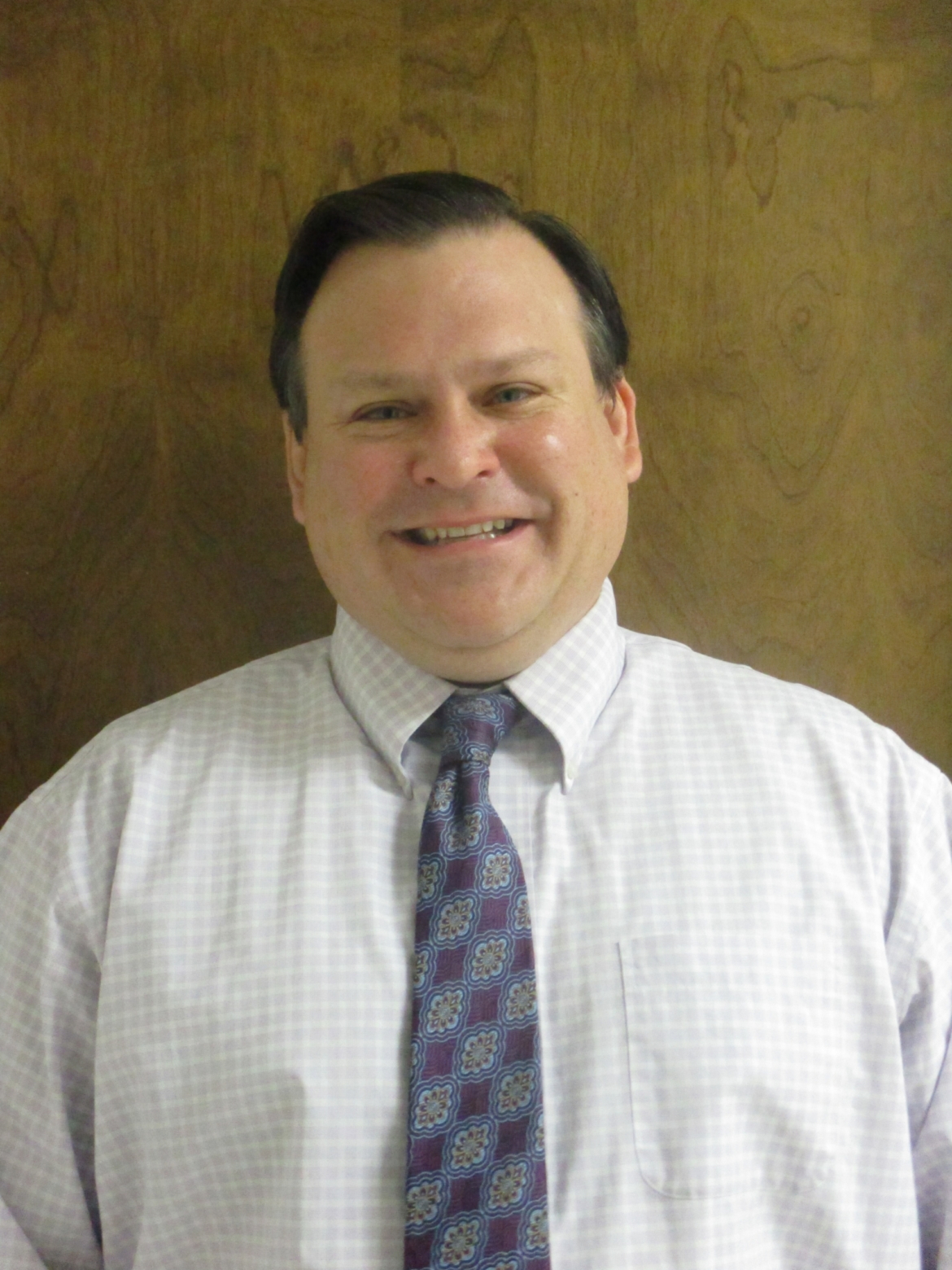
Frank G. Klauder IV
Eldersburg Elementary School
Sykesville, Maryland
fgklaud@carrollk12.org
Best Practices
1) Monitoring student progress by collaborating with school-based teams at regular intervals. The biggest responsibility as a school leader is the monitoring of student progress, academically, socially, and behaviorally. I work very closely with the student services team (principal, pupil personnel worker, school psychologist, counselor, behavioral specialist, nurse, and support room IA) to look at students’ attendance, academic concerns, and behavioral concerns. We look to see if we need to put interventions in place to get students to attend school more regularly, or if we need a behavior plan for a student to support their needs. We meet every other week to review our school’s data and make team decisions. I have worked closely with the counselor, behavior specialist, and support room IA to monitor and intervene on red zone targeted student behaviors. We currently have 3 students in our red zone with 6 or more referrals, and 4 students in the yellow zone with 2-5 referrals. We have created a plan for these students, and we are seeing positive behavior trends as of now.
I also collaborate with our leadership team (principal, reading specialist, and math resource teacher) to plan our monthly team data meetings. We review the data in advance of the meeting and then any new data updates at the meeting. I work to schedule IAs for interventions or find coverage for teachers to work on professional development with the resource teachers.
I collaborate with the principal and Instructional Leadership Team (ILT) to come up with professional development needs for our staff to be administered during monthly after school staff meetings or on professional development days. We have decided to go back to our roots and reteach many past initiatives since we have so many new staff members and we all had been out of the building for so long. I collaborated to create our school year theme of “Roots Impact our Past, Present & Future!” This theme moved us to create professional development based on the building blocks of our county’s model for quality instruction. The principal and I have had a few sessions with new teachers to review material they would have missed during these past two years
from the professional development county teams.
2) Building relationships with students, staff, and parents. Building relationships and supporting students, staff and our school community is a very important practice of an assistant principal. I always talk to staff during our first week back of professional development before students start, about making sure they build relationships with students. During these past two years of isolation, building relationships is even more important. I talk about making positive phone calls home and always thinking about if a phone call would be better and more personal than an email.
I model building relationships with students by consistently walking throughout the building and into classrooms. I am consistently present at bus arrival/dismissal or parent drop off/pick up. I work hard to be a presence in the building for the students, staff, and families. I have an open-door policy that I share with staff to stop by and ask questions, share concerns, or share a great student story. I make both positive and student behavioral phone calls home to parents and have built a reputation of being fair, but consistent with behavioral consequences.
I have often gone to recess or the cafeteria to speak to students and get to know them better. When I deal with students for behavior concerns, I always ask them to tell me their side of the story. I then work with them to understand that a poor decision was made with a negative outcome. I always explain to students that they are not a bad person, they just made a poor decision and I help them understand that it’s important to learn from their mistake and not repeat that same poor decision again. Listening to other people’s concerns is one of my strengths in this area. A lot of the time the person I am speaking with may have misunderstood a slight from someone else and when I gather all of the information, I am more likely to have an outcome where the students, staff and/or teacher can come to an agreement on what took place and how we can move forward in a positive direction.


